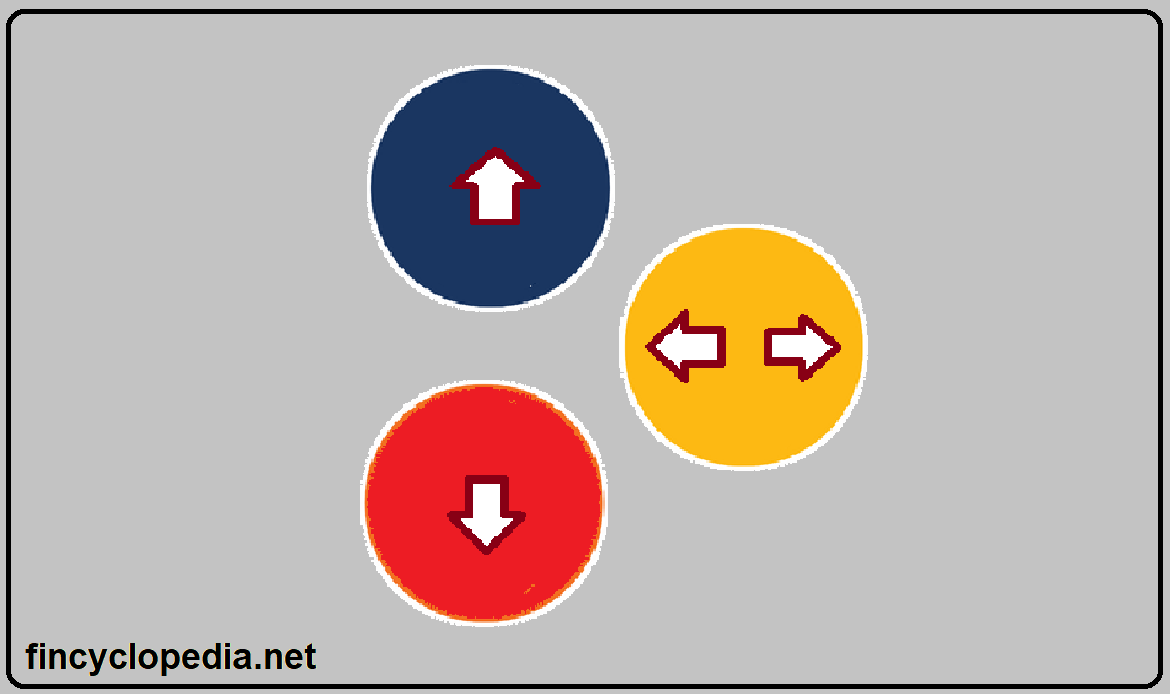Historical cost accounting is one of the essential bases for preparation of financial statements, whereby measurement of value is based on a relatively (though not invariably) static or consistent convention, i.e, historical cost (HC). By definition, it constitutes the original cost (acquisition price and other necessary costs) of an asset (and broadly any element on an entity’s financials) at the time of acquisition (at initial recognition). The historical cost of an asset does not only correspond to the market price at the time of purchase, but it also accounts for any costs that an entity incurs in the acquisition process.
By nature, if the very existence of an entity as a going concern is jeopardized, historical cost does not provide to a true-and-fair presentation of an entity’s performance or future potential. Inherently, and irrespective of any possibility of updating it, time to time, historical cost is inflicted with a set of limitations that render its use narrowed down to specific situations. The main limitations include:
- Its inability to account for inflation (which, in turn, impacts an entity’s ability to maintain its going concern status). The effect of inflation may also vary across products, services, markets, lines of products, and the entity at large.
- As a measure of value, it does not provide a reliable basis for assessment of the true value of individual assets and resources and the entity at large.
- The changing purchasing power, year to year, does not allow the entity to develop plausible comparisons for a period and another.
- Even with limited-scope adjustments, such as depreciation (on an annual basis), the replacement of assets, when needed, takes place at current prices. Depreciation does not, and will not easily, take into consideration such replacement requirements. Additionally, calculation of depreciation is arbitrary as it is based on estimated figures and useful lives.
- The calculation of profit and loss will not reflect actual costing as assets get replaced at a certain point in time under different market reality.
- Profits can be overstated if depreciation is undercharged (based on historical cost) and cost of sales is based on historically-costed inventory. Overstatement of profits can result in higher taxation and larger profit distributions that consequently negatively impacts the entity’s equity, and may seriously erode it.






